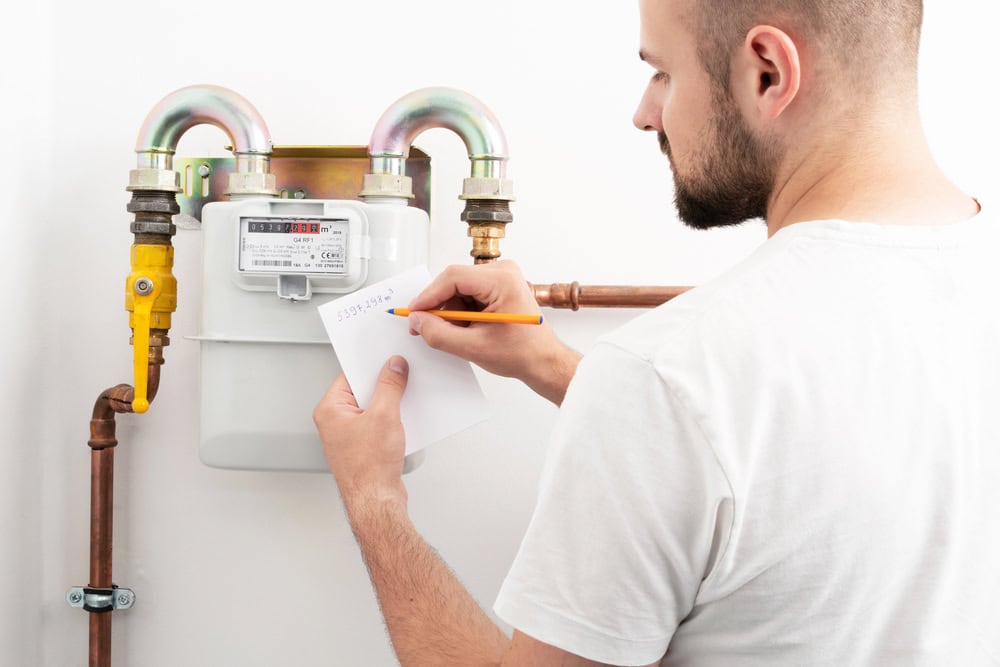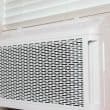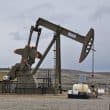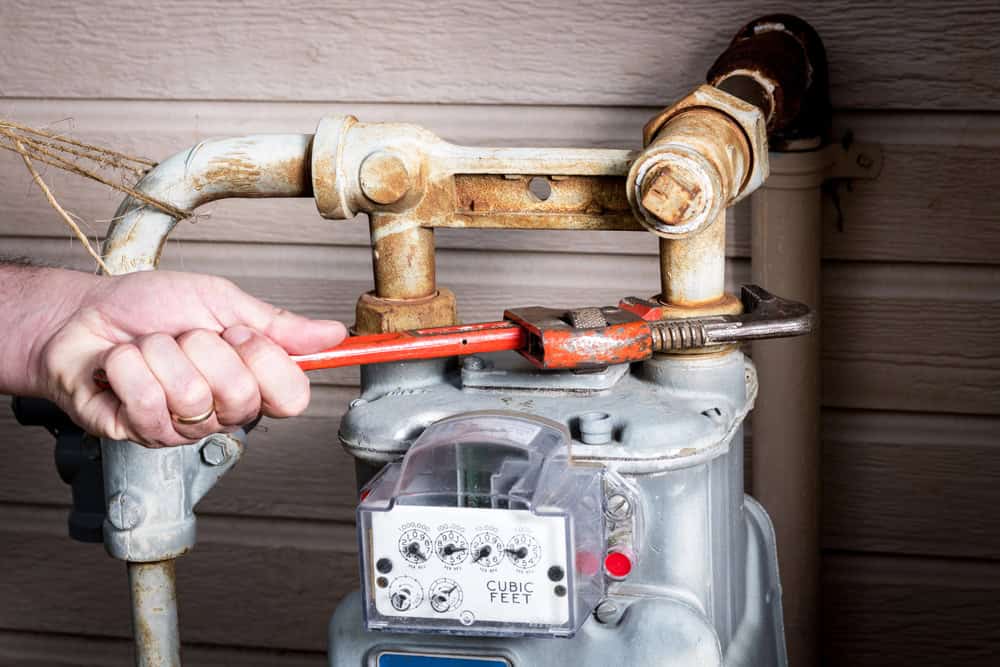Gas fittings play a pivotal role in ensuring the safety and efficiency of gas appliances in homes and commercial properties. This article explores the signs that indicate it may be time to replace your gas fittings and why this decision is essential for your well-being and financial stability.
Recognizing the Signs of Wear
Gas fittings, like any component, experience wear and tear over time. A subtle sign could be an increase in your gas bill. If you notice unexpected spikes, it may indicate a leak or inefficiency in your fittings.
These fittings are designed to handle specific pressure levels. If you hear hissing or see moisture around the connections, it’s a red flag that your gas fittings might need replacing.
Another thing to watch for is physical damage. Cracks, rust, or corrosion on fittings signal deterioration. It’s like seeing a hairline fracture in your favorite mug—eventually, it could break.
Regular inspections can catch these issues before they lead to larger problems, such as gas leaks.
The Dangers of Aging Fittings
Old or damaged gas fittings pose serious risks. Gas leaks can lead to explosions, fires, or carbon monoxide poisoning. These risks are not to be taken lightly.
A small leak can release harmful gas into your home, which could lead to health issues over time or, in dire situations, life-threatening scenarios.
If you suspect any issues, don’t hesitate to contact a professional. It’s better to be safe than sorry. Ignoring these signs can lead to catastrophic events that could have easily been prevented.
Your home should be a sanctuary, not a potential hazard.
Regulations and Standards
Gas installations must adhere to certain regulations and standards. These guidelines ensure safety and efficiency. Over time, those standards can change, meaning older fittings may not meet current safety measures.
If your home was built several decades ago, it’s worth checking whether your gas fittings comply with the latest standards.
Local building codes vary, but they typically require inspections for gas lines and fittings at some interval. Ignoring these codes can lead to more than just fines; it could mean endangering your family and property.
Always stay informed about your local regulations.
Benefits of Replacement
Investing in new gas fittings can lead to various benefits. First and foremost is increased safety. Modern fittings are designed with better materials and technologies that enhance durability and reduce the risk of leaks.
This can provide peace of mind, allowing you to focus on enjoying your home rather than worrying about potential hazards.
Replacing old fittings can also improve energy efficiency. Newer models might reduce gas consumption, leading to lower utility bills.
They may also provide a more consistent flow of gas, ensuring your appliances operate smoothly. This improvement can be especially noticeable in heating systems, where efficiency is key to comfort.
DIY or Professional Help?
Deciding whether to replace gas fittings yourself or hire a professional is crucial. While some minor plumbing tasks can be handled independently, gas fittings require specialized knowledge.
Mishandling gas connections can lead to significant dangers. For a hassle-free and safe installation, it’s best to rely on a professional service for all plumbing needs.
A licensed technician will ensure that the fittings are installed correctly and meet safety regulations. It might incur some costs upfront, but consider it an investment.
Skimping on safety can lead to far more expensive and dangerous situations down the line.
Regular Maintenance Checks

Once you decide to replace your gas fittings, it’s wise to establish a maintenance routine. Regular inspections can help identify problems early, making repairs or replacements easier and cheaper.
This proactive approach can save you from costly emergencies.
Consider setting a schedule for inspections, perhaps annually or semi-annually. During these checks, professionals can assess not just the fittings but the appliances themselves.
This will ensure everything is operating efficiently and safely.
Environmental Considerations
Old gas fittings can contribute to environmental issues. Leaking gas is not only dangerous; it’s also a waste of a precious resource. By upgrading to newer fittings, you’re not just improving safety; you’re also reducing your carbon footprint.
Responsible homeownership includes considering the environmental impact of your energy consumption.
Energy-efficient fittings reduce wasted gas, which can play a part in broader climate change efforts. Every small step helps. You’ll be reducing your emissions while saving money on your utility bills.
It’s a win-win situation that benefits both you and the planet.
Cost Implications
The cost of replacing gas fittings can vary. Factors include the type of fitting, labor costs, and any additional work needed to bring your system up to code.
While it might seem like a hefty investment at first, think of it as a long-term savings strategy. New fittings can lower your gas bill and increase the lifespan of your appliances.
When budgeting for this job, remember to consider potential future costs. If your current fittings continue to deteriorate, you could find yourself facing emergency repairs, which are usually more expensive than planned replacements.
Investing in new fittings now can prevent financial headaches later.
Evaluating gas fittings is not just a matter of convenience; it’s about ensuring safety, efficiency, and environmental responsibility.
By recognizing the signs of wear and tear, understanding the hazards of aging fittings, and considering the benefits of replacement, homeowners can make informed decisions that protect both their investments and their loved ones.
Whether through regular maintenance or professional inspection, taking action sooner rather than later is wise for anyone who values their safety and peace of mind.









